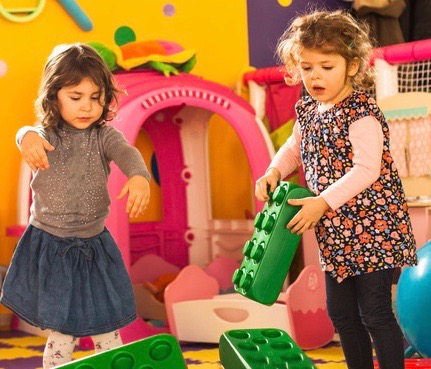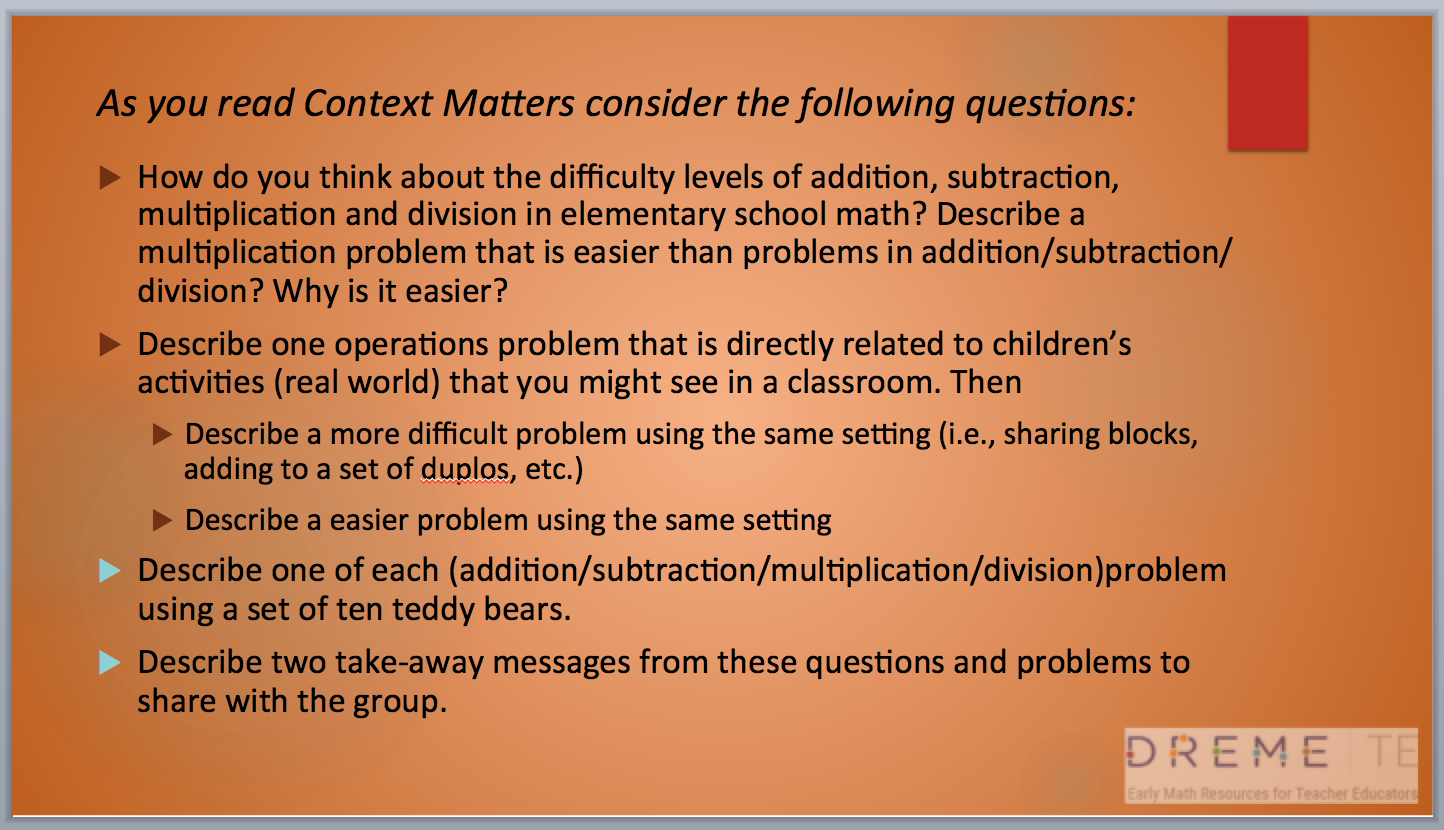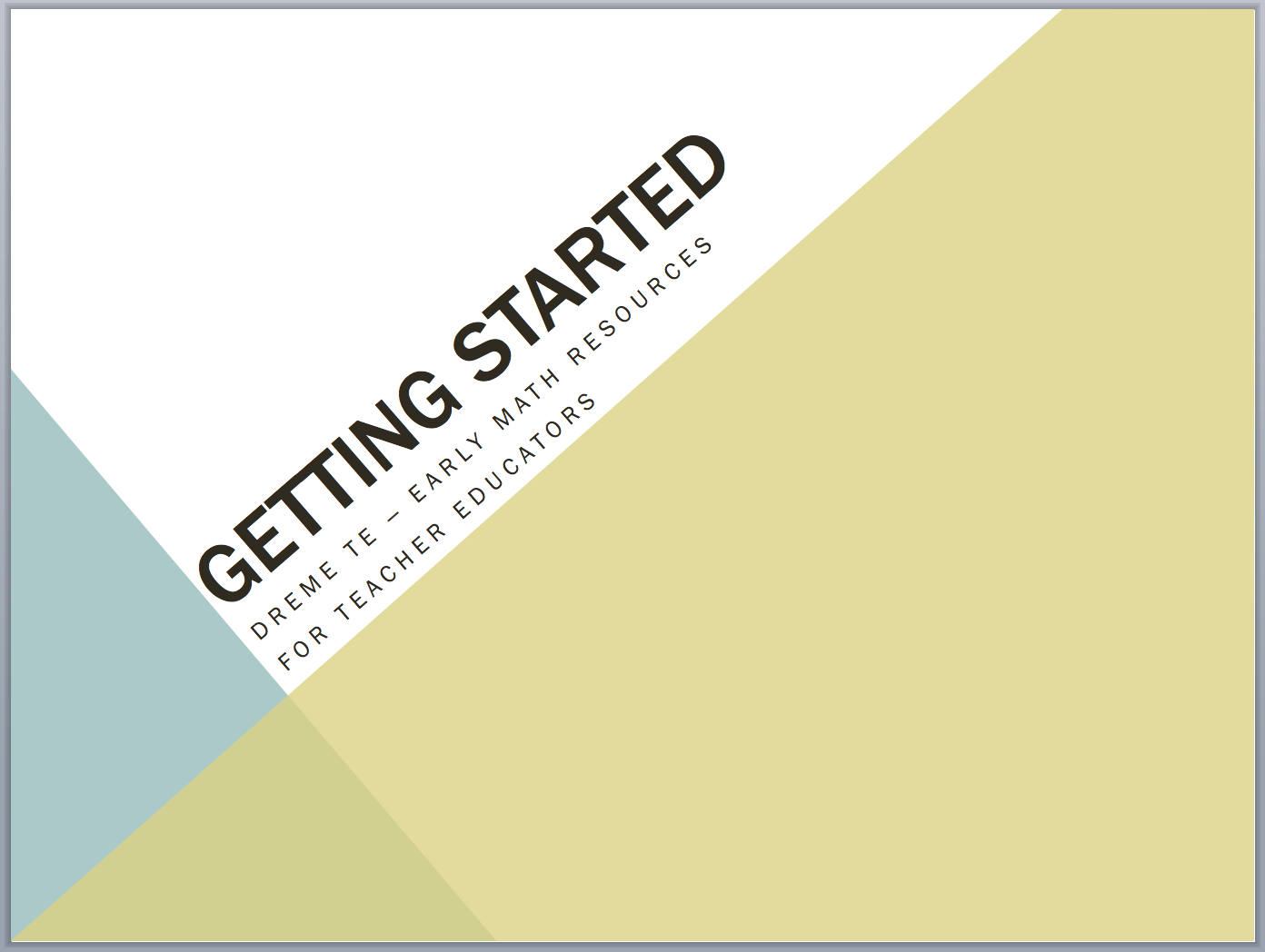Teachers Makayla and Jaden were spending some time thinking about how to support operations in their classroom. They had been team teaching together for a while and early on were happy to find a common interest in preschool math development. Although they thought they knew a lot about math development, they were now struggling with operations.
 Makayla: Okay. Development has some order to it, right? So, I think operations would be the same way. In motor development, children learn how to roll over, then crawl, stand, walk, run, and skip. What would be the same for operations?
Makayla: Okay. Development has some order to it, right? So, I think operations would be the same way. In motor development, children learn how to roll over, then crawl, stand, walk, run, and skip. What would be the same for operations?
Jaden: Well, subtraction is harder than addition. That borrowing thing can be really confusing for children. Who thought of that anyway—crossing out the number, subtracting one, then adding ten to the other number? Geez!
Makayla: And, division is harder than multiplication. Probably multiplication and division should be for later, like third or fourth grade. I think we only need to worry about adding, and maybe subtracting, because multiplication and division aren’t in the standards.
Jaden: We’ve been using our formative assessment tools to make sure we challenge the kids in counting. Maybe we could observe over the next two weeks and see what they are doing, and then talk about it again.
Over the next two weeks, Makayla and Jaden observed the children and took notes.
- Michael’s classroom birthday celebration: Toni gets three mini-muffins. Her mom says that is too many and takes one away. Toni says two is too little.
- Michael’s classroom birthday celebration: Cyndi has six goldfish crackers on her plate and adds four more from the bag. She says she has a hundred.
- Center time block area: Marina and Kasia are playing with the bricks, building a wall. Marina gets five of the eight blocks and Kasia gets three. Kasia says not fair. They move them around until Marina and Kasia both get four.
- Center time science table: Elizabeth is making four piles of three plastic insects. She sings “1, 2, 3... 4, 5, 6.... 7, 8, 9.... 10, 11, 12”
When Makayla and Jaden compare notes after two weeks of observing, they discuss their observations and come to some conclusions:
Makayla: Wow, I guess operations depends a lot on the situation. Some of the children can solve small set subtraction problems with subitizing or counting but then struggle with addition when the sets are bigger.
Jaden: So it isn’t really like motor development... context and strategies seem to matter more than what kind of operations it is.
Makayla: I also noticed that the children were solving real world problems—they weren’t thinking, “Oh, this is a subtraction problem.” I think maybe they can do all of the operations we were thinking about, from addition to division. We just need to make the problems real and meaningful.
As Makayla and Jaden continued in their discussion and thought about creating environments and activities that support rich mathematical experiences in operations, they continued to think about context. What is the set size? What do children know already? How does motivation affect their problem-solving? What actions might be involved? Sometimes they even tried solving the problem themselves, thinking carefully about what actions they took and thought processes they engaged, and how many different ways the problem could be solved. But, what they weren’t concerned about was which operation came first in development!



